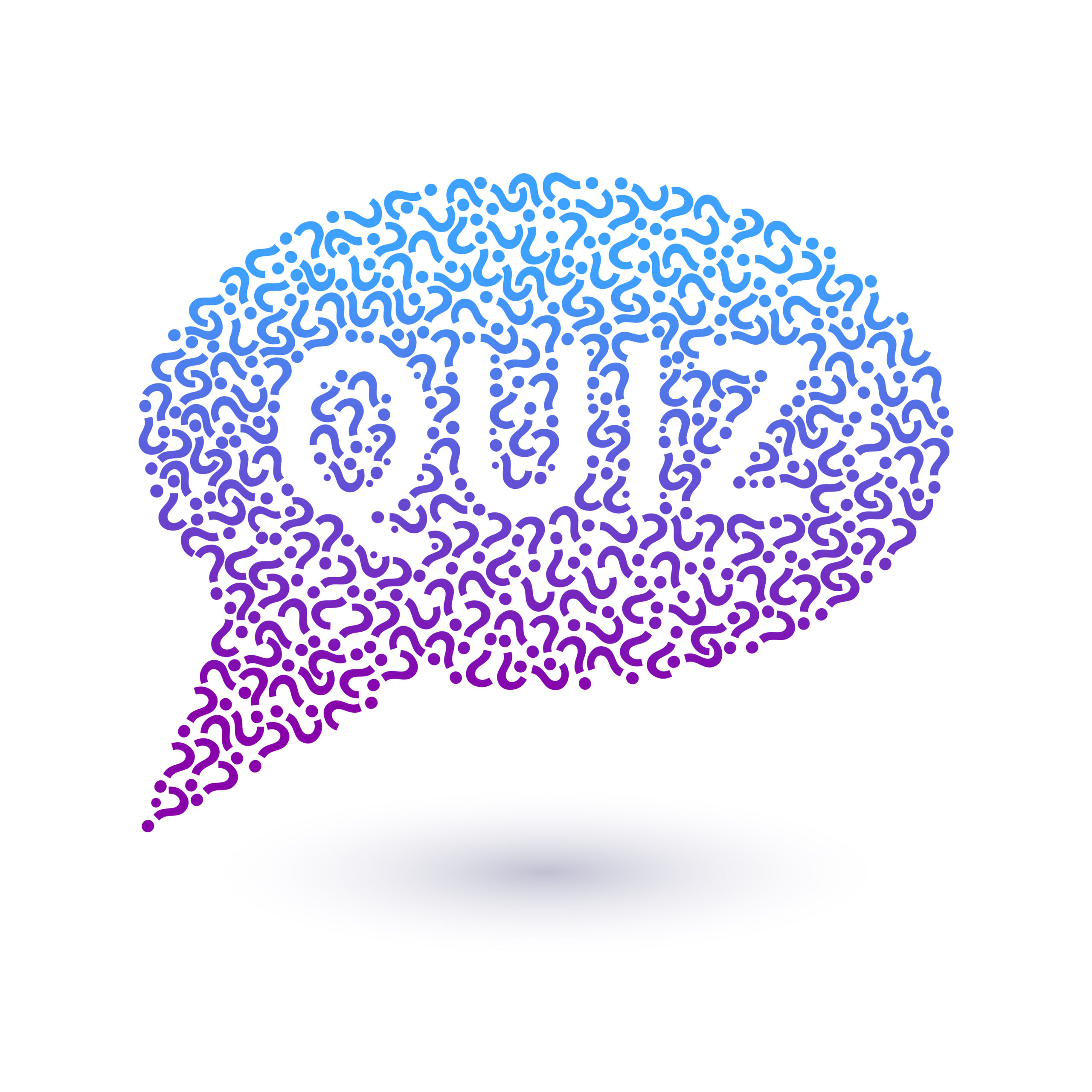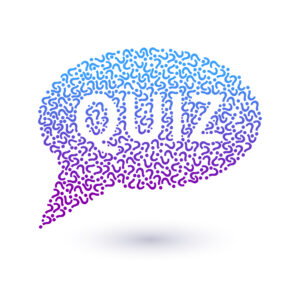
Throughout history, humanity has been captivated by the idea of resembling individuals from different eras. The notion of encountering a familiar face from the past raises intriguing questions about identity and the intricate web of shared qualities that transcend time. This exploration invites reflection on the connections between the past and present, as we seek to find those intriguing parallels in our own lives.
Engaging with the past can illuminate aspects of personality, behavior, and appearance that might otherwise remain obscured. By examining the lives of those who walked the earth before us, one can gain insights into the defining features and experiences that shape us as individuals today. The journey into history encourages a deeper understanding of our own narratives, while revealing the threads that bind us to those who came before.
Additionally, the quest for resemblance is not merely about physical similarities; it is about finding elements of shared experiences, ambitions, and aspirations. The stories of our predecessors offer a treasure trove of inspiration, allowing us to embrace the qualities that linger within and influence our present existence. Ultimately, this exploration serves as a bridge connecting generations, enriching our appreciation of the human experience.
Find Your Historical Doppelgänger
Throughout time, individuals have often found intriguing connections with figures from the past. These fascinating resemblances can not only spark curiosity but also prompt introspection about personality and essence. Exploring these uncanny parallels offers insights into identity and character traits that may lie dormant within.
To assist in this exploration, a variety of characteristics and historical figures can be analyzed and compared. The following table provides a glimpse into prominent personalities along with notable attributes that may resonate with different individuals.
| Famous Figure | Notable Traits |
|---|---|
| Leonardo da Vinci | Inventive, Analytical, Creative |
| Cleopatra | Charismatic, Intelligent, Strategic |
| Albert Einstein | Curious, Eccentric, Visionary |
| Marie Curie | Determined, Pioneering, Resilient |
| Jane Austen | Witty, Observant, Empathetic |
By analyzing such comparisons, each person can embark on a journey of self-exploration, uncovering elements of character that mirror those of noteworthy figures. This exercise encourages reflection on personal qualities that make each person unique, while simultaneously acknowledging the connections that transcend time.
Unveiling Ancestral Connections Through Portraits
Portraits have long served as a bridge connecting generations, offering glimpses into the lives and personalities of those who came before us. These visual representations are not merely artistic endeavors; they encapsulate emotions, stories, and traditions passed down through time. By examining such artworks, one can gain valuable insights into familial legacies and the rich tapestry of shared heritage.
Through the lens of historical imagery, individuals can explore similarities in features, attire, and expressions that may reveal unexpected bonds with predecessors. Each brushstroke or photograph holds the power of remembrance, inviting reflection on ancestral journeys and the cultural backgrounds that shaped them. This journey into the past can ignite a sense of identity and belonging, fostering a deeper understanding of the influences that have crafted one’s own character.
Furthermore, the intricate details captured in portraits often tell stories of societal norms and values, showcasing how lineage and environment intersect. Analyzing these visual narratives allows for a profound recognition of the multifaceted nature of ancestry, encouraging a celebration of both differences and similarities within family lines. In this manner, portraits become a lens through which individuals can navigate their own existence, drawing connections between past and present.
The Science Behind Facial Resemblance
Facial similarity has intrigued humans for centuries, leading to numerous studies aiming to explain how certain features are passed down through generations. This phenomenon ties into genetics, aesthetics, and evolutionary biology, revealing the complex interplay that shapes our appearances. The alignment of physical traits is a captivating window into our familial heritage and biological connections.
The Genetics of Appearance
Understanding the genetic foundations of facial resemblance involves exploring the following concepts:
- Hereditary Factors: Traits such as eye color, nose shape, and facial symmetry are influenced by inherited genes.
- Polygenic Inheritance: Many characteristics do not depend solely on one gene but rather on the interaction of multiple genes.
- Genetic Variation: While related individuals share significant traits, variations may arise due to environmental influences or mutations.
Psychological Perspectives
The perception of similarity extends beyond genetics, encompassing psychological elements:
- Familiarity: Humans often perceive familiar faces as more attractive and similar, even if they aren’t closely related.
- Cultural Influences: Societal norms may shape preferences for specific features, contributing to the perception of resemblance.
- Memory: Encounters with certain facial structures can lead to misidentification due to memory associations.
By delving into the science behind facial resemblance, individuals can gain insights into the intricate connections that define appearance across generations. This exploration bridges the gap between biology, psychology, and our understanding of identity.
Exploring Cultural Significance of Lookalikes
Throughout history, the phenomenon of resemblances between individuals has held profound implications across various cultures. These parallels are often seen as reflections of deeper connections, transcending mere appearance. Societies have woven intricate narratives around these similarities, linking them to beliefs, myths, and the exploration of identity.
Mythology and Folklore
In many traditions, figures who resemble one another frequently appear in mythology and folklore, symbolizing shared destinies or fates. Folktales often utilize such themes to convey moral lessons or cultural values. These narratives emphasize how looks can signify a shared journey or encapsulate significant cultural archetypes, illustrating the importance of visual similarity in storytelling.
Identity and Community
Resemblance can also play a crucial role in the formation of identity within communities. Similarities in appearance may foster a sense of belonging and unity among individuals. In some cultures, these connections are celebrated during communal festivals, where individuals dress similarly or adopt shared symbols to highlight their kinship and heritage. This practice underscores the cultural value placed on familial ties and communal identity.
How to Use Technology for Discoveries

In today’s world, innovative tools and advancements enable individuals to explore uncharted territories of knowledge and personal insights. By utilizing modern gadgets and online resources, one can embark on a journey of exploration that reveals fascinating connections, traits, and aspects of existence previously unknown.
Various approaches allow for an enriching experience in this realm:
- Genetic Testing: Utilizing DNA analysis services can unveil ancestral backgrounds and genetic characteristics.
- Online Databases: Accessing extensive archives and records can provide insights into lineage and historical narratives.
- Social Media Connections: Engaging with social platforms can help in encountering individuals sharing similar backgrounds or interests.
Moreover, advanced technologies facilitate deeper engagement through:
- Artificial Intelligence: Leveraging AI tools can assist in interpreting large data sets and recognizing patterns.
- Virtual Reality: Immersive experiences can recreate historical settings, offering a unique perspective on the past.
- Mobile Applications: Various apps provide interactive ways to trace ancestry or explore genealogy.
Employing these modern conveniences empowers individuals to gain invaluable insights into their narratives, ultimately leading to a more profound understanding of oneself and one’s heritage.
Revealing Traits from Generations Past

Examining the characteristics passed down through time can lead to fascinating insights about who we are today. By exploring familial connections and ancestral backgrounds, individuals can gain a deeper understanding of various attributes, predispositions, and behaviors that may be rooted in their lineage. This journey into the past not only highlights similarities and differences but also strengthens the bond with one’s heritage.
Exploring Ancestral Lineage
The investigation of family trees often reveals intriguing patterns and shared qualities among ancestors. Such exploration can show how certain passions, skills, or even fears have been transmitted over generations. Engaging with historical narratives can shed light on common challenges faced by previous generations, which may influence modern attitudes and approaches to life.
Uncovering Shared Attributes
In many instances, the exploration of lineage uncovers traits that may not be immediately apparent but shape personality and behavior. A keen interest in art, for example, may be traced back to a grandparent renowned for their creativity. Likewise, certain mannerisms or tendencies towards specific interests might be recognized as part of a familial legacy, revealing a tapestry of influence through time.
Q&A:
What does it mean to discover my historical lookalike?
Discovering your historical lookalike involves finding a historical figure who shares striking physical or personality traits with you. This process often combines genealogical research, facial recognition technology, and an understanding of historical contexts. By identifying these similarities, you can gain insights into potential traits and characteristics you might share with your lookalike, offering a unique perspective on your heritage and identity.
How can uncovering my hidden traits benefit me personally or professionally?
Uncovering hidden traits through the discovery of a historical lookalike can provide various benefits. Personally, it may enhance your self-awareness, helping you understand your strengths, weaknesses, and inclinations better. This knowledge can foster personal growth and improve relationships. Professionally, recognizing traits associated with historical figures can guide you in career choices or leadership styles, helping you capitalize on inherent strengths and inform your professional development. Ultimately, it offers a chance to connect personally with history and explore how it resonates with your modern life.
Are there specific tools or websites I can use to find my historical lookalike?
Yes, there are several tools and websites that can assist in finding your historical lookalike. Platforms like genealogy websites (Ancestry.com, MyHeritage) often have features that allow you to explore your family tree and discover historical relatives. Additionally, facial recognition apps composed of historical databases can match your photo with images of historical figures. Some dedicated ancestry services and DNA testing kits also provide insights into your heritage, which may lead you to well-known ancestors with distinctive traits.
What types of hidden traits might I uncover about myself through this process?
Through the process of discovering your historical lookalike, you might uncover a variety of hidden traits, such as personality characteristics, behavioral patterns, and even interests or talents. For instance, you may find that you share leadership qualities with a distant relative who was an influential figure, or perhaps you uncover a passion for the arts shared with an ancestor known for their creative contributions. Additionally, understanding shared historical contexts might reveal resilience or a penchant for innovation, encouraging you to embrace these traits in your everyday life. This exploration can serve as a powerful motivator for self-discovery and personal development.


